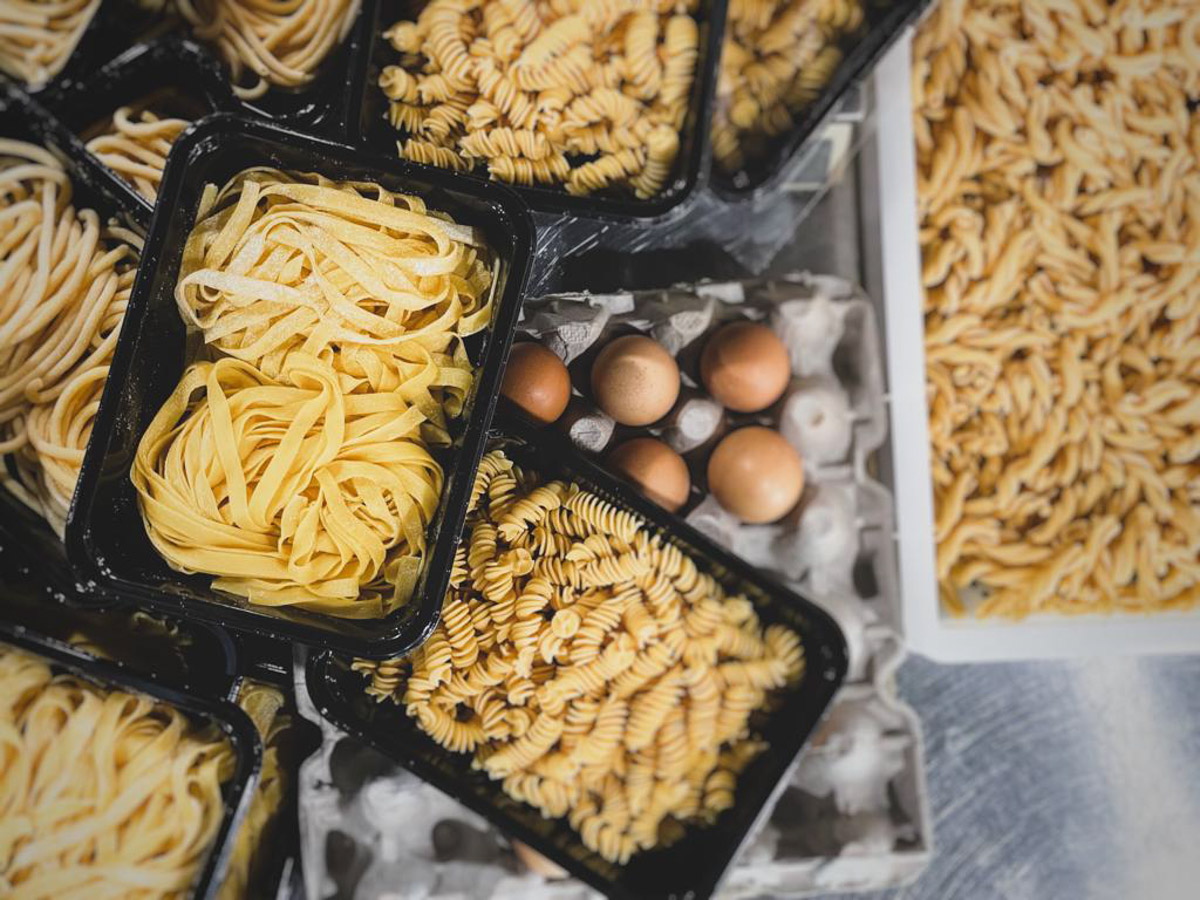It started as a lark to kill time. Alexandro Cascia, Simone Tarallo, and Maria Clarkson met working at an Italian eatery in town and decided to play around with a new food concept when their restaurant work dried up. They hung out in Clarkson’s spare bedroom, making fresh spaghetti and linguine with a small hand-cranked pasta machine and posting videos on social media. Quickly, a following developed, eager for their expertise—and their pasta. “At the time, so many people were cooking by themselves at home,” Cascia says. “We wanted to help people by providing pastas they could cook and finish at home. We saw right away that people were very interested, so we started to deliver all around the city.”.
Cascia and Tarallo chat with me at Casereccio Foods, the fresh pasta shop and café they launched with Clarkson in August 2020. Around us, customers relax over cappuccinos, pastries, and gelato, while others line up at the counter for lasagna and fresh tagliatelle to take home. Cascia and Tarallo look around and shake their heads in disbelief over their change in fortune. The logoed banner, which they once used in Clarkson’s spare bedroom, now hangs proudly over the prep area. “It’s a crazy story,” Cascia says.
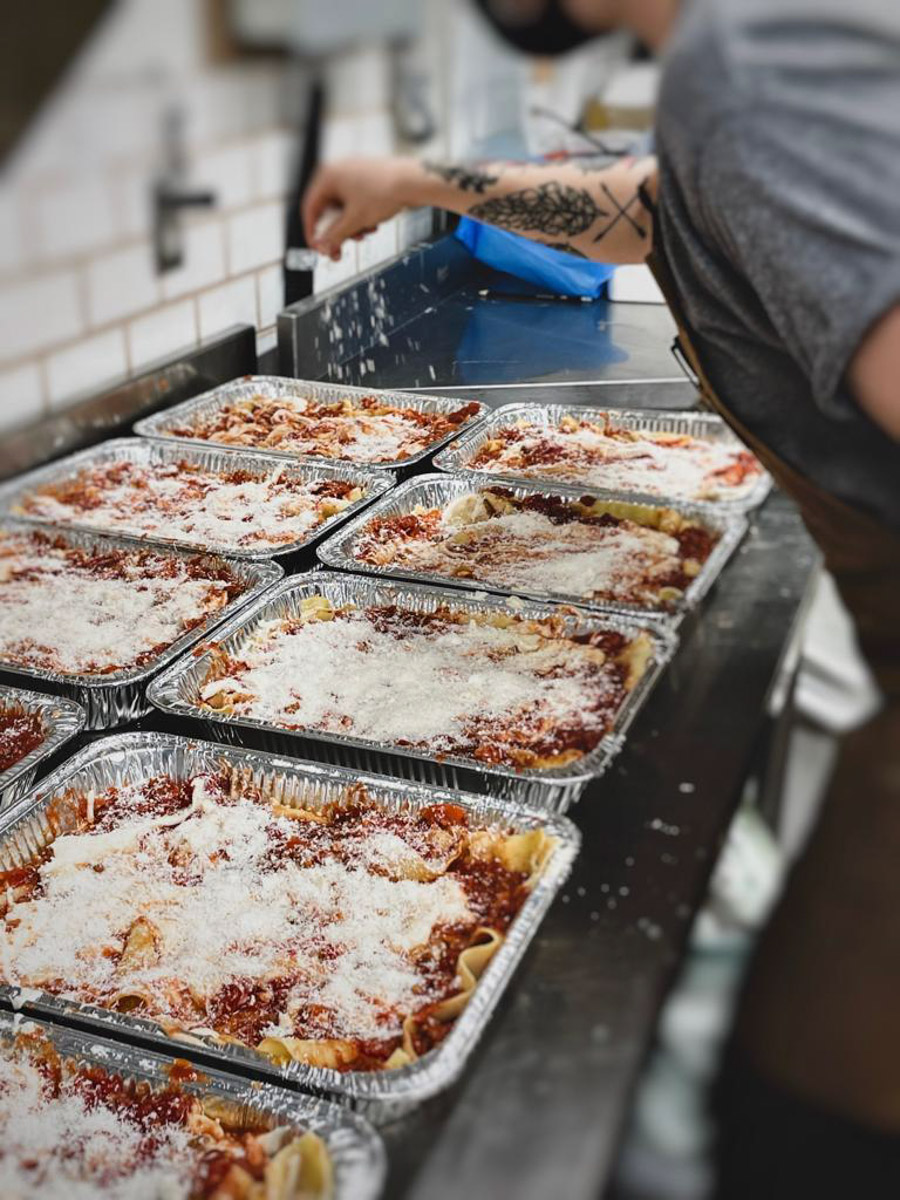
Together, they’ve realized their dream to showcase traditional fresh pasta and sauces from across Italy. The name of their business means “homemade” in Italian. The pair explain that while dried pasta is used in Italy for handy weekday meals, fresh pasta is often made on weekends and commonly appears on restaurant menus. “Pasta made from scratch with good-quality ingredients connects all Italians together. What is different is the sauces, as each region has their own kinds,” Cascia says. For example, in Clarkson’s origin of Calabria, spicy sauces such as arrabbiata are common, whereas Tarallo’s hometown of Rome specializes in carbonara. Cascia comes from Sicily, where cooks specialize in pasta alla Norma with fried eggplant, rich tomato sauce, and ricotta salata.
Casereccio sells sauces, such as bolognese and pesto, for home cooking and as options for its build-your-own-pasta menu, which invites diners to pair a sauce with a pasta such as fusilli or rigatoni. All the pastas are made from scratch using just three ingredients: semolina, Italian 00 flour, and free-range organic eggs. While some people add salt or even wine to the dough, Casereccio keeps it simple. “If you’re using high-quality ingredients, you don’t need to add anything else,” Tarallo says.
Tarallo explains that each ingredient has a different function, so ratios vary depending on the type of pasta. The eggs, with their vibrant orange yolks, improve the colour, flavour, and texture of the dough. They don’t use water since it creates a harder pasta.
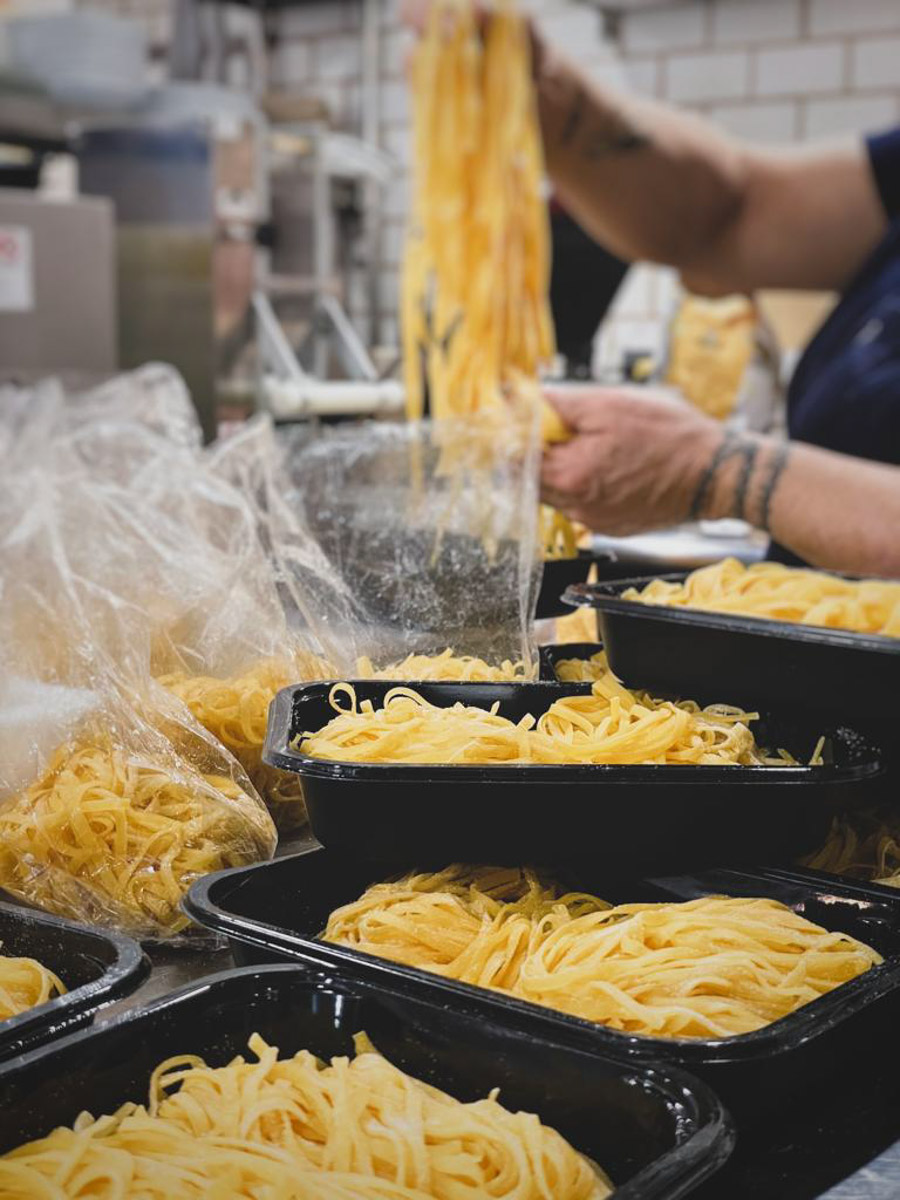
Tarallo disappears into the kitchen to bring back a plate mounded with two kinds of semolina. I run my finger through each. The first has a slightly gritty texture, while the other, which is twice milled or rimacinata, is incredibly fine. Cascia points to the coarser one, frequently used in pizza dough for chewy texture. “If you’re going for colour and thickness, you want to go for more of this kind of semolina. You’ll have more of an al dente feel in your mouth,” he says. He adds that some of the twice-milled semolina is also necessary to prevent the pasta from becoming too heavy. And finally, the superfine 00 Italian flour, with its low gluten content, makes the pasta supple while also smooth.
Although home cooks employ rolling pins and hand-crank machines, for restaurant-scale production Casereccio uses a Bottene pasta machine. Cascia and Tarallo introduce me to the machine in the back and walk me through the process of making fresh pasta. Flour and semolina are first blended together in the machine before the beaten eggs are added. The resulting mixture forms jagged pebbles, which the machine then forces through bronze dies to create anything from ribbons of fresh pasta to complicated spirals. Cascia explains that the dough can’t be too wet or it won’t extrude or hold its shape. I watch as, almost magically, campanelle with their ruffled edges and conical shape appear out of the die, are sliced off, and then fall into a tray below.
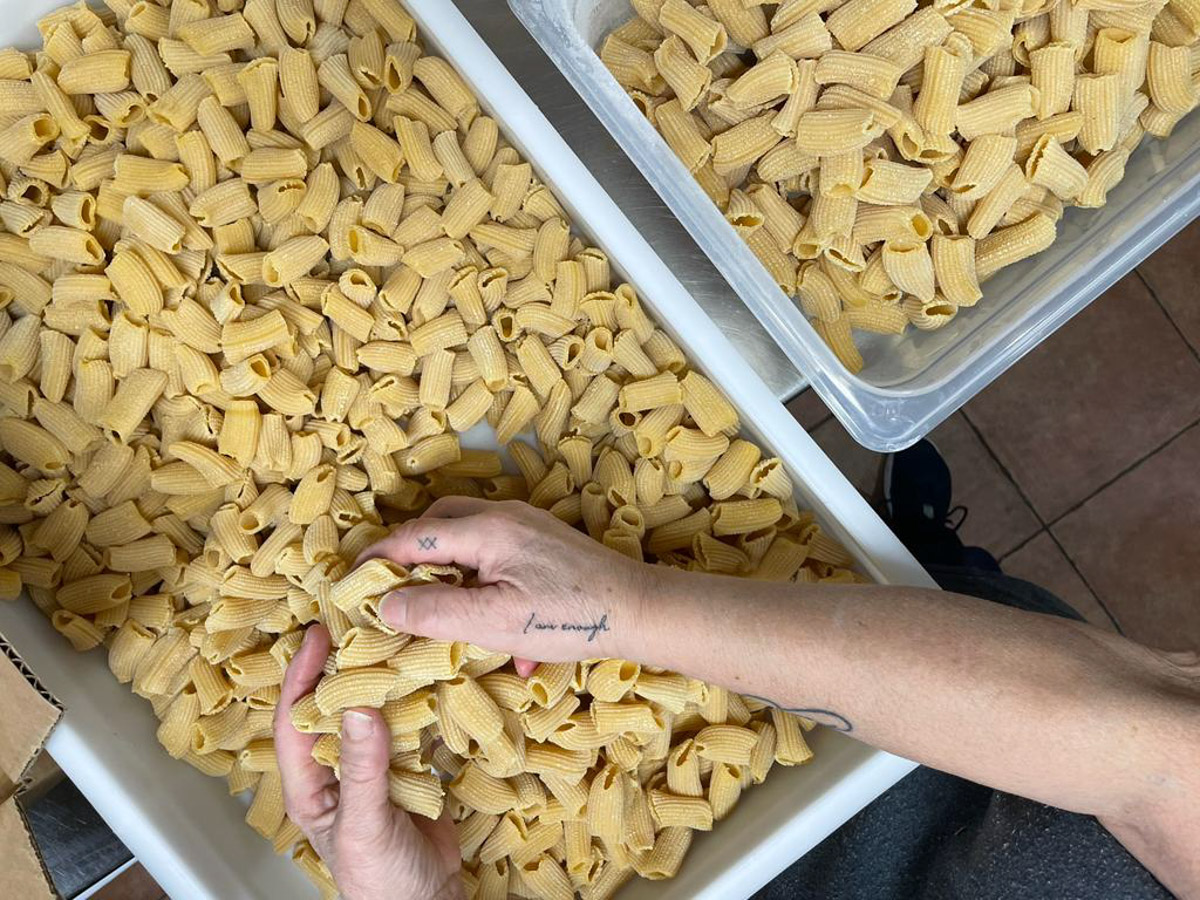
Cascia and Tarallo teach their customers what to do with the fresh pasta at home. When the restaurant first opened, they discovered some customers were putting the pasta in the water before it boiled, while others were even (horrors!) cooking it in the microwave. Additional common mistakes include rinsing the essential starch off the pasta once it’s cooked or preboiling pasta and leaving it to cool before combining it with sauce. “You lose the flavour, and you lose the quality of the pasta. It’s not the same at all,” Cascia explains.
Once they correct these missteps, Cascia and Tarallo move on to fundamentals. “My first tip is, don’t forget to put salt in the water. Salt brings up flavours, so you will taste more of the eggs and other flavours of the pasta,” Cascia says. Tarallo emphasizes slightly undercooking the pasta in the first step since it’ll cook further when mixed with the sauce. Otherwise, the pasta will go beyond al dente.
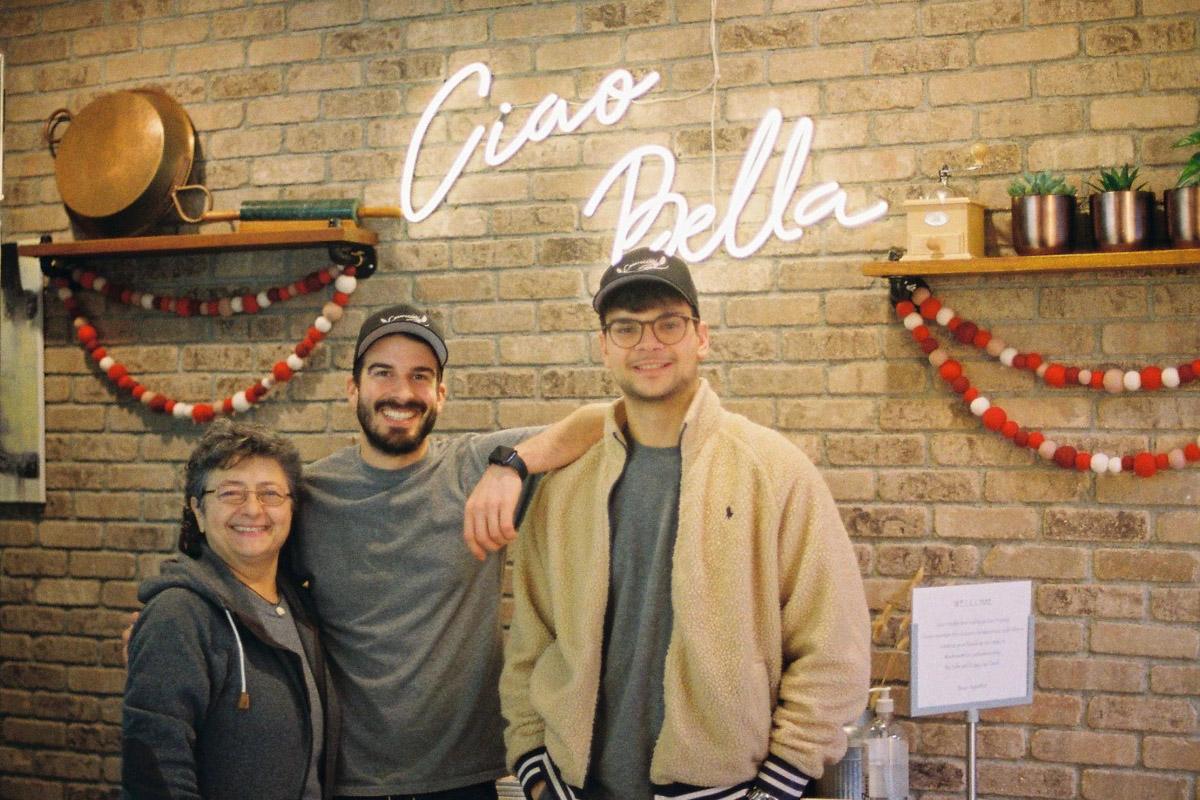
Saving a bit of the salted, starchy water the pasta was boiled in is key to mantecare, blending the pasta with the sauce to create a wonderfully coherent dish. “When we see a plate of pasta with the sauce on top, it doesn’t make sense,” Cascia says. Tarallo jokes that it’s like eating pizza with the sauce on the side. Instead, they suggest warming the sauce as the pasta cooks in the boiling water. Once the pasta is done and drained, add it to the hot sauce along with a ladleful of the hot, starchy water. After a couple minutes of blending, the dish will be ready to serve.
The marriage will be even more harmonious with the right combination of sauce and pasta. “A sauce full of meat, for example, goes really well with short pastas [like rigatoni] because all the sauce gets inside of the pasta,” similar to stuffed pasta, Tarallo says. As a rule, creamy sauces adhere well to thin noodles such as tagliatelle or spaghettini, creating an especially silky dish.
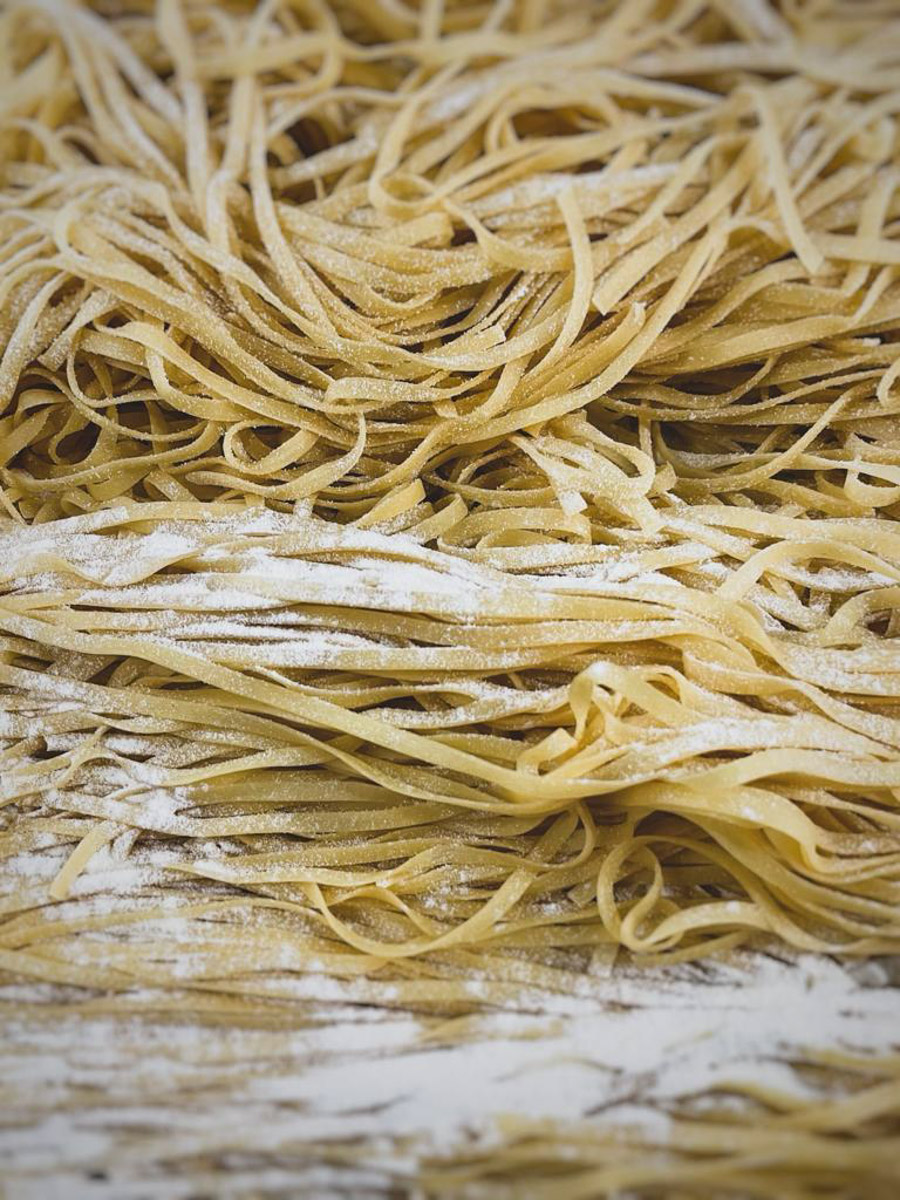
Despite these guidelines, Tarallo and Cascia invite customers to experiment with the pairings they enjoy best. Tarallo’s favourite pasta is bucatini all’amatriciana, which features tomato and guanciale, while Cascia loves porcini cream sauce with fusilli for its contrasting firm texture.
But they both love all pasta, especially how it creates comfort and community among those who make and eat it. They often bump into customers at the grocery store who ask for help planning meals. “They know we are Italian and know how to cook,” Tarallo says. For them, it boils down to good ingredients, Italian flair, and the all-important mantecare.
Read more local Food and Drink stories.

